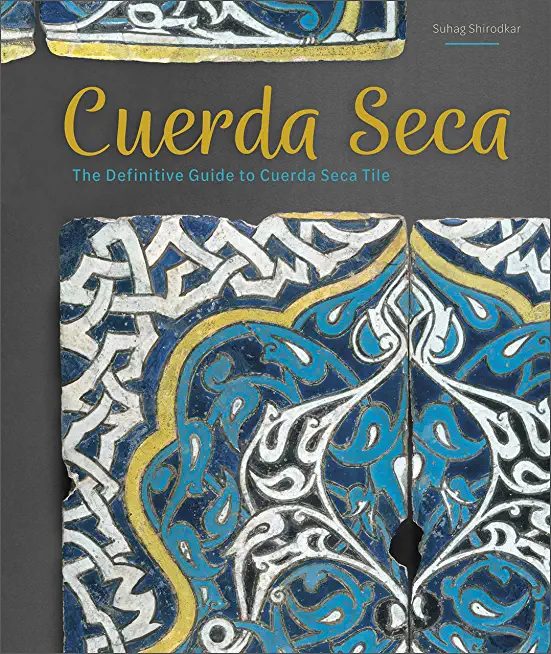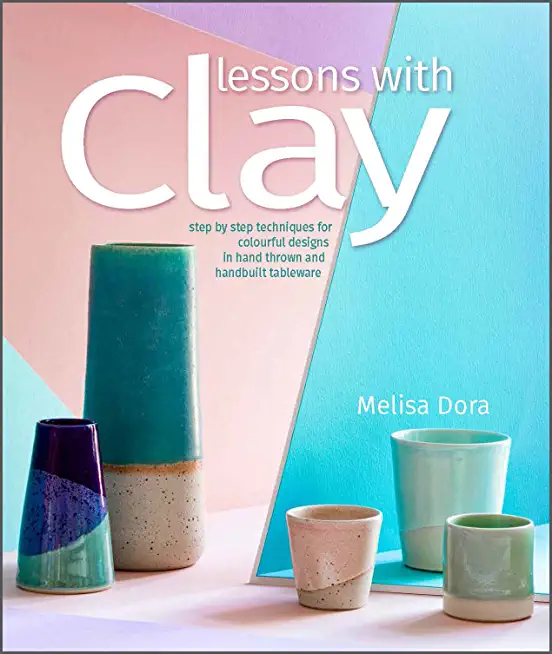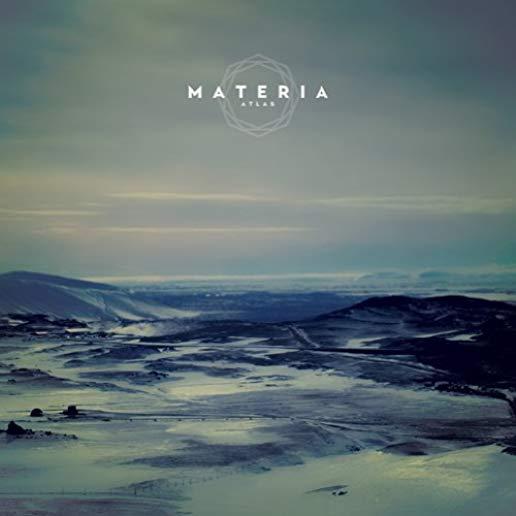
description
7
Kintsugi is the Japanese art of repairing broken pottery with lacquer mixed with a precious metal, usually gold, silver or platinum. The technique celebrates the history of the object and, rather than disguising a repair, highlights it and makes it beautiful.
Kintsugi has come to the West, where it found fertile ground through its kinship with the current trend of 'make do and mend', as well as for its lyrical metaphoric loading, which has been used in areas such as psychology and therapy, well-being, music, and emotional healing and spirituality. It is also being presented as a model for sustainability. This book explains what traditional kintsugi is and how it is done, giving historical examples and using interviews of traditional kintsugi masters in Japan. It reflects on the possible reasons for its development, looking especially at a cultural attitude of "creativity through destruction." Different kinds of repairs will be discussed, including the earlier "staple" repair often seen in Chinese ceramic wares and the development of yobitsugi, in which shards from different vessels are pieced together in a patchwork, and other kintsugi techniques. The underlying concept of kintsugi, which encompasses the wabi aesthetic of accepting the imperfect, has struck a chord in other fields such as fine art, textiles, graphics, and product design. The metaphoric richness of a broken pot made stronger and more beautiful is both universal and deeply personal. The book will discuss how this is being used in music and literature, with the inclusion of short works of fiction and/or poetry separating the chapters. There have been recent ceramic exhibitions with a kintsugi theme, including "Golden Seams" at the Smithsonian's Freer Gallery in Washington DC. Other exhibitions outside of ceramics that have had a kintsugi theme include a photography and installation piece by Koo Stark at the Leica Gallery, London. An example of its metaphoric application can be seen in the Radio 4 programme, 'Mending Cracks of Gold' (part of the series Something Understood, which presents 'ethical and religious discussion that examines some of the larger questions of life, taking a spiritual theme and exploring it through music, prose and poetry'), for which Bonnie was a contributor. There have been two TED Talks about kintsugi.member goods
No member items were found under this heading.
listens & views

FANFARE FOR LIFE / RUNAGATE ...
by WILLIAMS / RENDLEMAN / LOGAN / FREEMAN
COMPACT DISCout of stock
$14.75
Return Policy
All sales are final
Shipping
No special shipping considerations available.
Shipping fees determined at checkout.






